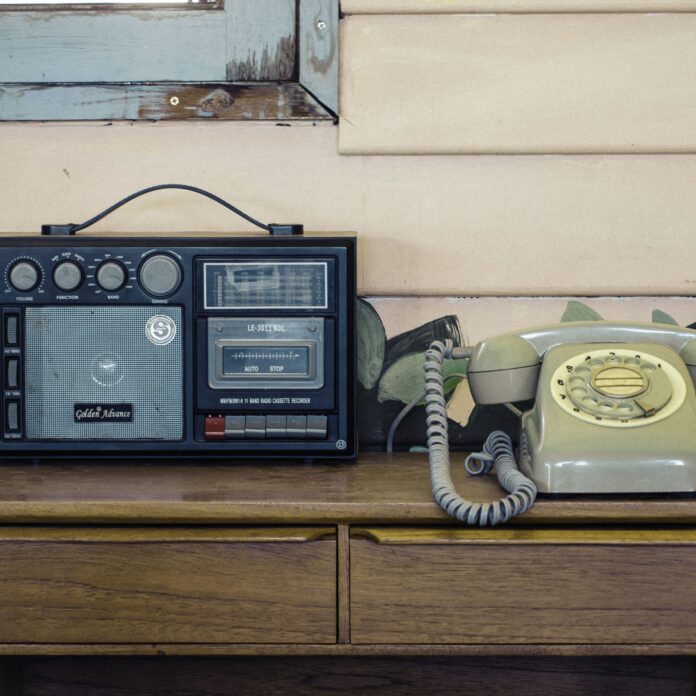FM chip on smartphone is usually not active but could be valuable in an emergency
Remember FM radio? The National Association of Broadcasters certainly does and, because many mobile manufacturers disable FM on smartphones, there’s tension brewing.
Samsung, Apple and LG phones, for example, could function as FM radios but the functionality is disabled. HTC, Motorola and Sprint phones have the same technology but it’s not blocked. The NAB is lobbying for the FM radio to be activated in all phones, but a consumer listening to FM radio doesn’t need to buy the data coverage needed to listen to streaming radio content.
Jeff Smulyan, CEO of Indiana-based Emmis Communications, talked to NPR about the importance of FM radio as well as the practical benefits to a smartphone user.
“Listening to streaming drains your battery three to five times faster than listening to the exact same content on the FM chip,” Smulyan said.
It’s also good in emergencies. “When the power grid is out, the only lifeline for the American public is having an FM tuner,” Smulyan added.
Craig Fugate, administrator of the Federal Emergency Management Association, also stressed the importance of FM access in an emergency in a 2014 interview with freeradioonmyphone.org.
“As more and more people use their smartphones as streaming devices to get news, to get radio … over their networks, I don’t think people realize how vulnerable they get,” Fugate said.
He recounted the aftermath of an earthquake in Virginia and Superstorm Sandy, which battered the Northeast.
“There was such high data demand … that the system crashed. All of a sudden your smartphone became a brick,” he said.
With radio, he continued, “Even if the cell systems are overloaded, you can still get that information. People need to take a step back. A lot of our tendency to use streaming devices, to be dependent on broadband capabilities, are vulnerable in a disaster. We still recommend every kit have a portable radio with some sort of emergency power.”
FM in smartphones “would be, again, another way to ensure that when all else fails, you can still get the broadcasters’ information. All disasters are local and the most important information is going to come from local broadcasters.”
Jot Carpenter, VP of government affairs for wireless trade association CTIA, told participants in the NAB convention in Las Vegas this month that FM functionality would have to be driven by consumer demand, which currently just isn’t there.
“What Americans really want is the ability to stream, download and customize music playlists to meet their personal preferences,” Carpenter said, according to reports, “and that’s not what the traditional FM radio offers.”

